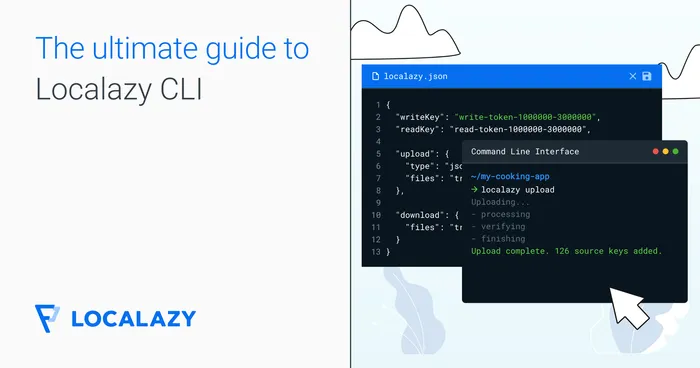Integrated Development Environment (IDE)
A software application that provides developers with a complete set of tools for writing, testing, and debugging code in one place.
An IDE (Integrated Development Environment) typically includes a source code editor, compiler or interpreter, build automation tools (such as Gradle for Android), a debugger, and a system for managing libraries and plugins.
These features let the IDEs streamline the software development process and reduce the need to switch between multiple standalone tools.
🧩 What are the core features of IDEs? #️⃣
- Source code editor: Syntax highlighting, auto-completion, and error detection.
- Compiler/Interpreter: Translates code into executable programs.
- Build automation: Tools like Gradle or Maven to manage builds and dependencies.
- Debugger: Identifies and resolves code errors step by step.
- Plugin & library support: Extend functionality for specific frameworks or languages.
- Version control integration: Built-in Git support for collaboration.
⚙️ Examples of IDEs #️⃣
- Android Studio: The official IDE for Android development.
- IntelliJ IDEA: Popular for Java, Kotlin, and multi-language support.
- NetBeans: Open-source, focused on Java and PHP development.
- Eclipse: Widely used, extensible through plugins, especially in enterprise projects.
Placing the full toolkit in one environment allows IDEs to accelerate coding tasks, simplify project management, and raise code consistency.


